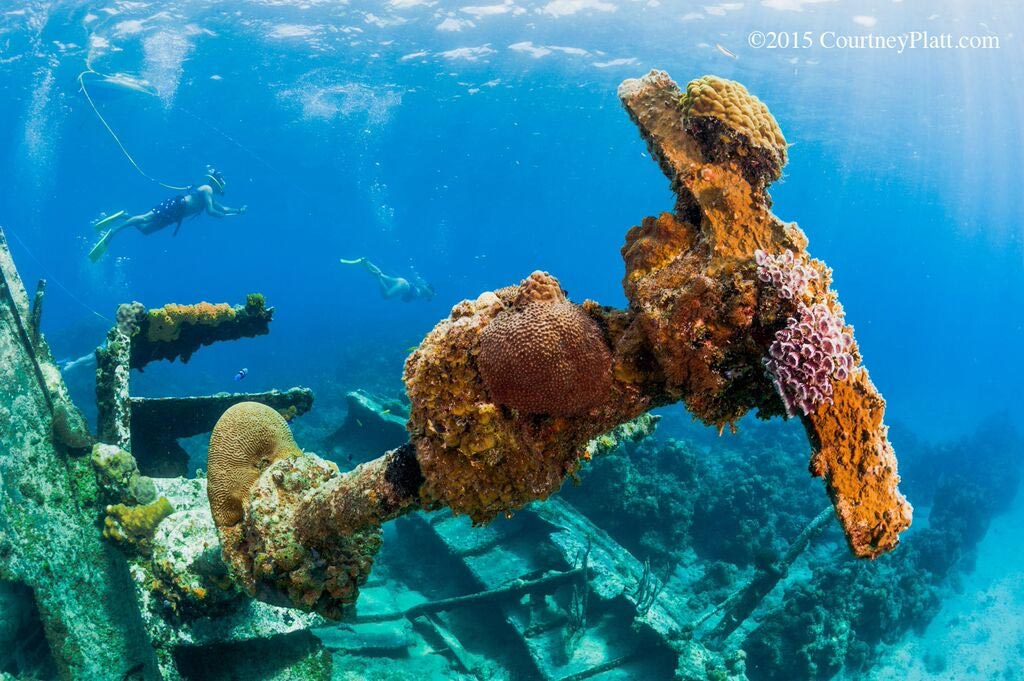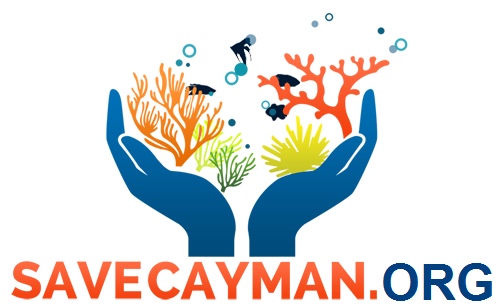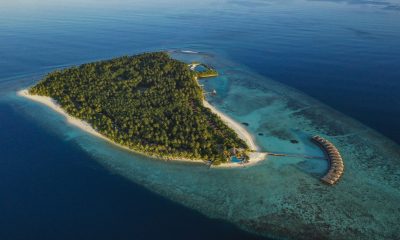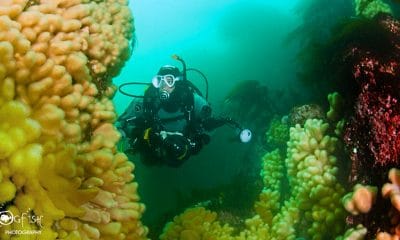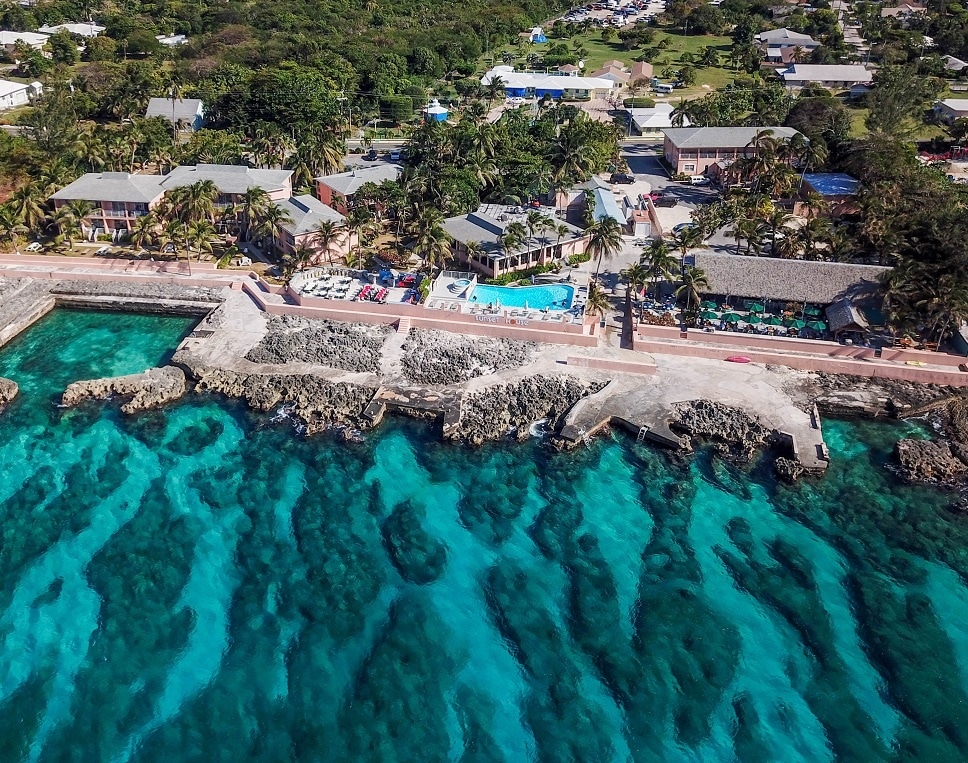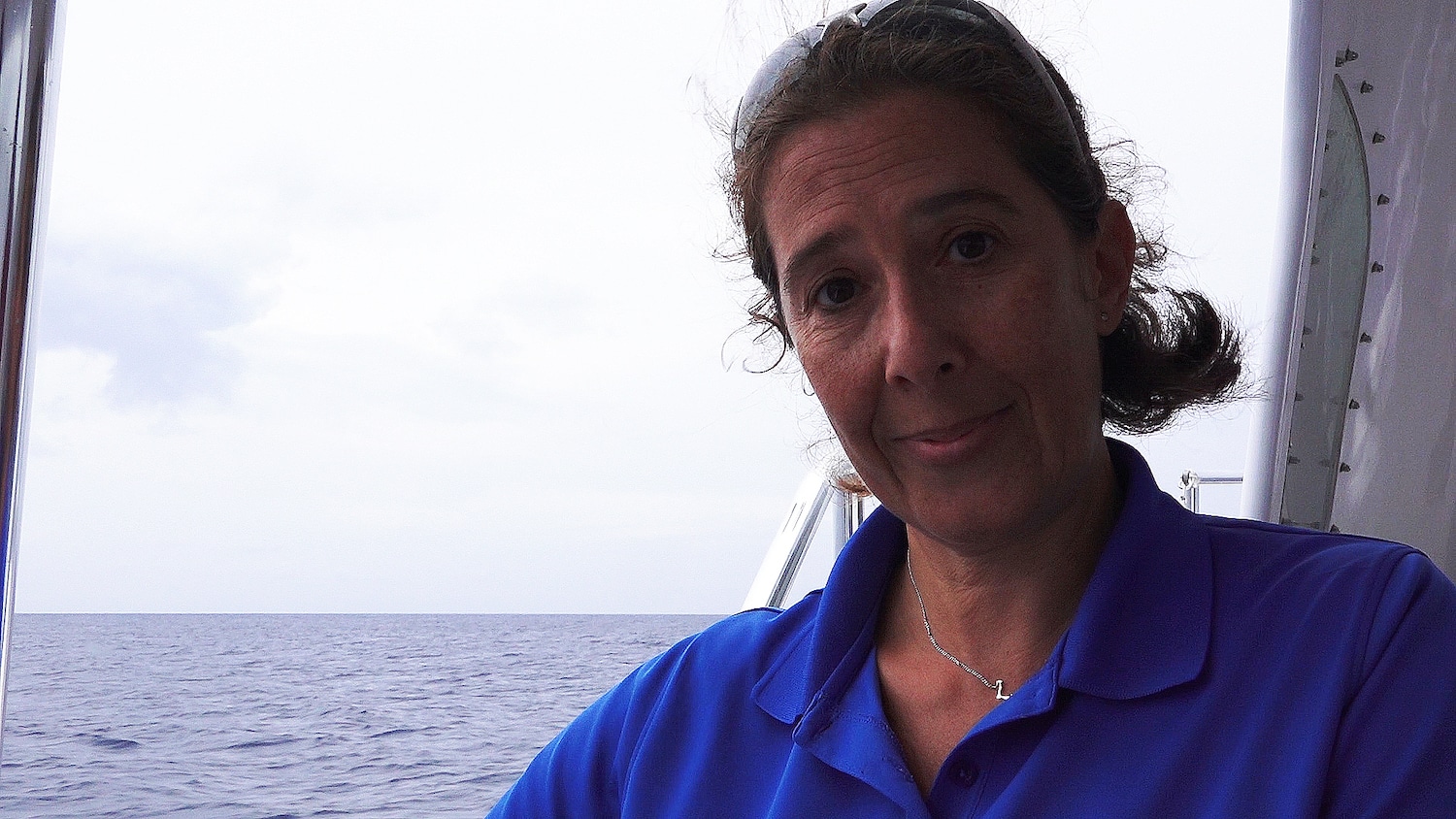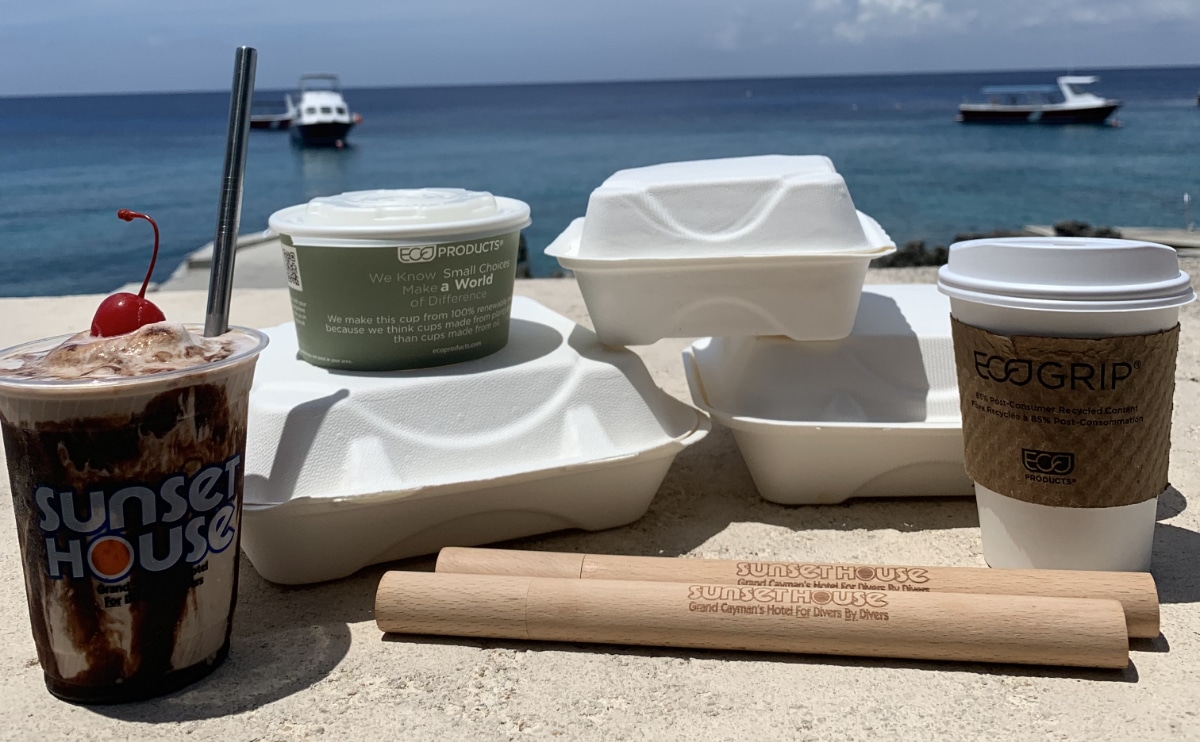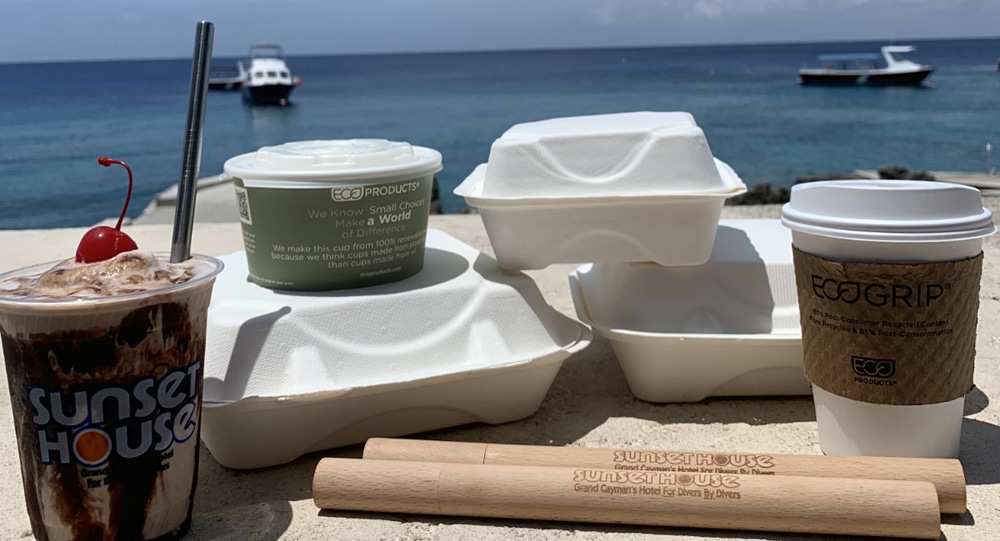News
Head of Cayman Islands Department of Environment Urges Extreme Caution before Moving Forward with Controversial Cruise Berthing Plan
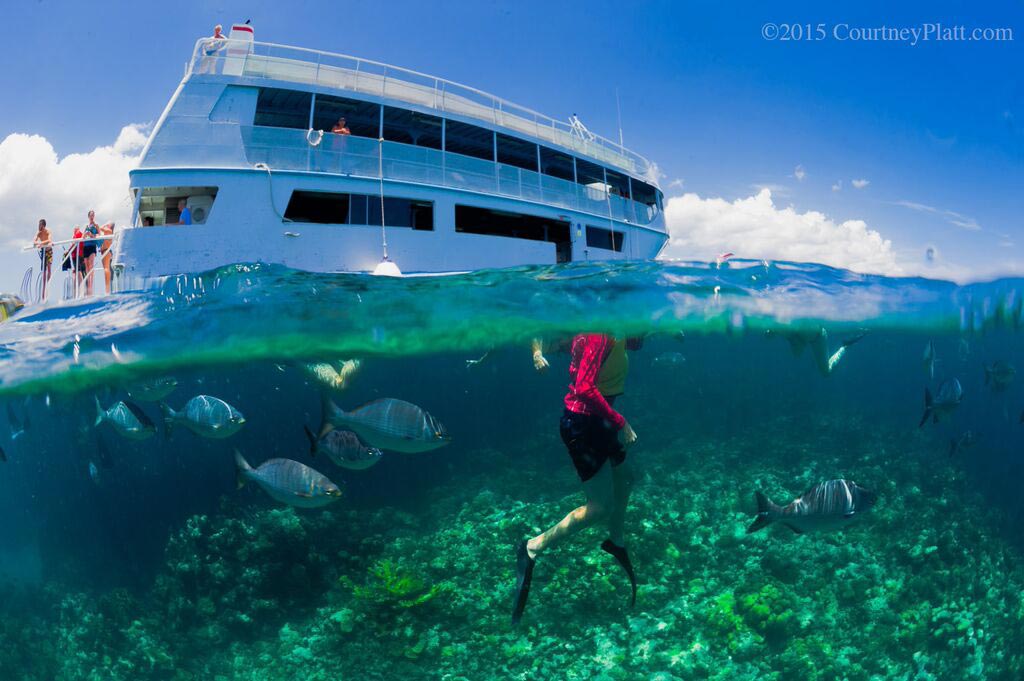
Since its release in early June, an Environmental Impact Statement (EIS) has been at the centre of the heated debate over economic and environmental costs associated with the proposed port in George Town Harbor. Director of the Cayman Islands Department of the Environment Gina Ebanks-Petrie, who also headed the Environmental Assessment Board (EAB) that coordinated the impact study, is urging extreme caution before moving ahead with the project and pleading with decision makers and the public to take a closer look at what’s at stake.
The EIS projects that 15 acres of protected coral reefs will be destroyed by construction and dredging, and another 15 acres are at risk. Lost will be the exceptional underwater visibility that Cayman is world-renowned for. George Town Harbour is one of the few working ports in the Caribbean, if not the only one, with crystal clear water and vibrant coral reefs within easy access of the cruise ships’ anchorage.
The reefs, which include Soto’s Reef, Eden Rock and the Wreck of the Balboa, are so unique because it is rare to find such well developed, high relief reefs so close to, and easily accessible from shore. These reefs have also been protected under the Marine Parks system for over 25 years so fish life is abundant and diverse. These are two of the main factors which contribute to a bustling watersports scene in the harbor. Scuba diving, snorkeling, submarine trips, glass bottom boat excursions are offered primarily for cruise ship passengers.
“If the additional 15 acres of reefs disappear, or are no longer useable because they are dead or water clarity is so poor, it will be extremely difficult to find other similar sites which could easily absorb the displaced businesses and visitors, particularly given the cruise ships’ limited time in port,” says Ebanks-Petrie. “Possible alternative options for snorkeling, like Stingray City, are already over-subscribed and under tremendous stress as a result.”
The loss of these reefs has huge implications for the Cayman Islands on an international level. The Department of Environment has heard from international agencies and individuals during the public consultation process, and Gina Ebanks-Petrie says the vast majority urged the country not to proceed with the project because of the permanent and irreversible damage. For example, the President and CEO of PADI Worldwide “implores the Cayman Islands Government to cease plans to initiate this project and seek alternative solutions to mitigate the situation and not destroy the priceless natural underwater assets belonging to Grand Cayman Island”.
“In addition to the obvious impact of the loss of these world-famous dive sites on our dive tourism product, the biggest impact will likely be on our reputation as a jurisdiction with a long history of valuing and prioritizing the protection of its marine environment,” she said.
“Coral reefs all over the world are under serious threat on various fronts: coastal development, over-fishing, sedimentation, climate change, etc. Marine scientists are agreed that we need to take all possible steps to protect remaining reefs at the same time as taking corrective action to address the threats, both locally and globally,” added the DOE director.
Cayman’s watersports operators and local environmentalists, alarmed by the projected damage to the reefs and dive sites have organized under the banner of SaveCayman.org to fight the project and raise awareness in the community. Dock supporters point to mitigation options outlined in the EIS report, but Ebanks-Petrie cautions against misinterpreting the report.
“The pro-port side seems to take comfort from these mitigation options, but what is being missed, or glossed over, is that the environmental study also assesses the effect of those measures, and the consultants judge that they will have little or no effect on reducing the severity of the impacts,” she said. “The public and decision makers need to remember that “mitigation” of an impact does not equal complete removal of the impact, and they should focus on the severity of the predicted residual impact i.e. those impacts which remain even after the use of mitigation measures.”
“For example, the consultants score the impact of dredging on water quality in George Town Harbour (GTH) as a Significant negative impact (-D) and this remains a Significant Negative impact (-D) after the application of the recommended mitigation measure – the installation of silt curtains,” she explains. The same applies to the possible relocation of the historic Wreck of the Balboa.
Consultants classify the destruction of coral reef during dredging in the highest tier of negative impacts – a Major negative impact (-E). Following implementation of the recommended mitigation measure – the coral relocation programme – it is still classified as a Significant Negative Impact (-D).
“Even with these proposed mitigation measures, that come with a significant price tag, the resulting situation is still extremely dire, and this seems to be lost in the sound bites being heard in the news,” said Ebanks-Petrie.
Cayman already has a competitive cruise tourism product as illustrated by the industry’s own report (BREA 2012) which indicates that 90% of cruise visitors to Grand Cayman disembark while in port, and the Department of Tourism’s statistics on cruise arrivals indicate that at the end of 2015 numbers of cruise visitors will reach 1.7 million. Beyond this, numbers are set to increase, all without the construction of berthing facilities.
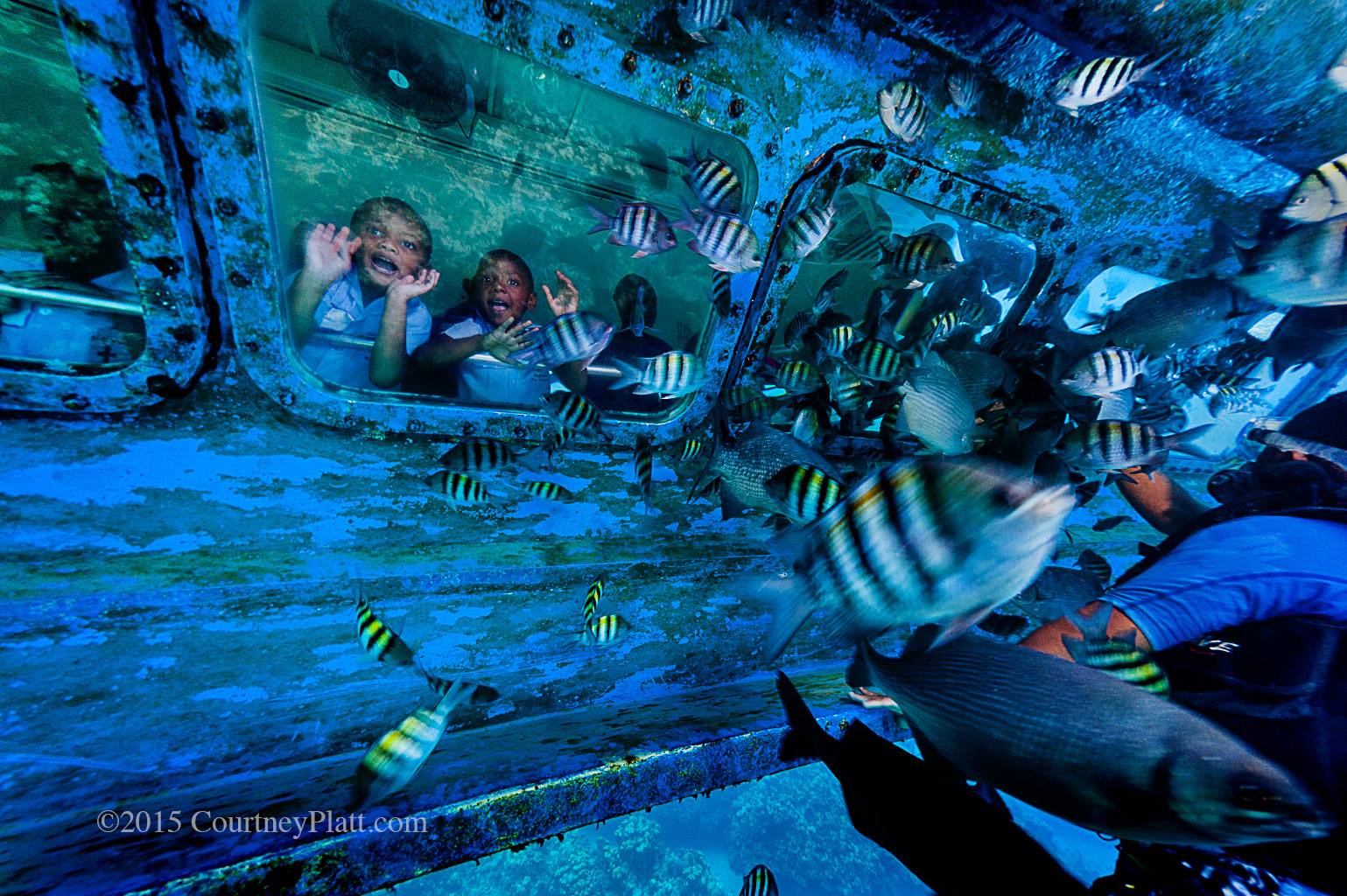
George Town Harbour is a favorite site for many watersports operators who offer excursions for cruise ship passengers.
“The Department of Environment fully acknowledges the contribution that cruise tourism makes to the economy, and the need to upgrade and improve the arrival and departure experience of cruise visitors. However, after careful consideration of the environmental losses and the risk to the overall tourism product associated with berthing facilities, our view is that a scheme of appropriate landside enhancements would offer the best solution.”
Ebanks-Petrie says the Environmental Statement has attempted to place a dollar value on the economic losses associated with the destruction of the George Town Harbour reefs and the Statement recommends that these preliminary estimates are appropriately incorporated into the updated Business Case.
“The Environmental Impact Assessment and Environmental Assessment Board’s review of it are stunningly clear and shows that the government should not approve the plan as described,” says Dr. Ellen Prager, marine scientist and author who has been outspoken against the project. “The reefs and the wreck lost to dredging and sedimentation associated with dredging cannot be relocated or transplanted, and it is unclear what other unintended consequences to other nearshore habitats and environments will occur.”
Ebanks-Petrie says moving forward, given the projected cost of the project, it is critical that the predicted economic benefits of the berthing facility are based on real data and factual information and that the economic business case does not rely solely on assumptions, speculation and the opinions of those persons directly involved in the cruise tourism industry.
“From where I sit, the economic business case does not appear to have been held to the same standard of actual data collection and robust analysis and scrutiny as the environmental impact assessment; I see this as a significant problem for decision-makers,” said the head of the Department of Environment.
“It is our mission to inform and educate the public about Cayman’s fragile environment and to try to ensure that decisions made today, which will impact future generations, are based on accurate facts,” says Keith Sahm who is spearheading Save Cayman. “Once the decision is made, Cayman will have to deal with the consequences.”
About Save Cayman
Save Cayman (www.savecayman.org) is a grassroots organization of individuals who share a mission to protect the underwater environment of the Cayman Islands, while promoting sustainable tourism for future generations. It was formed by concerned individuals responding to an Environmental Impact Assessment (EIA) that projected the destruction of coral reefs in advance of the government-proposed cruise berthing facility in George Town harbour.
News
Book Review: Fire on Monroe Bravo by Fred Lockwood

Fire on Monroe Bravo is the latest book in the Jack Collier series by Fred Lockwood. Our story begins with our lead characters, Jack and Sandro, owners of Marine Salvage & Investigation Company, arriving on the Monroe Bravo Oil & Gas Platform in the North Sea. Having secured a contract for their vessel the MV Stavanger to act as support ship to the platform for TransGlobal Oil, our protagonists are on a celebratory visit.
However almost as soon as they arrive a series of explosions rock the platform, causing huge damage, loss of life and the very real danger of a massive human, ecological and financial disaster.

As the danger mounts for both our heroes and the surviving workers, Jack and Sandro will have to escape the inferno, all while trying to save the platform and the men still trapped unable to help themselves.
The disaster sets the scene for the unfolding story lines following the fate of the platform and our main characters, the police investigation into a suspected terrorist act and the actions of TransGlobal Oil as they attempt to navigate the pubic outcry and financial repercussions.
In his eighth book, Fire on Monroe Bravo, Fred Lockwood delivers an explosive thriller, with plenty of above and in-water drama, and our heroes fighting for survival, what more can you ask for?
We thoroughly recommend this read and look forward to the next in the series. For more information about his book series, you can check out the reviews of his previous books here on Scubaverse.
- Title: Fire On Monroe Bravo
- Author: Fred Lockwood
- ISBN: 979-8325324536
Available in a paperback version and for Kindle from Amazon and book stores.
Blogs
Alonissos: The complete diving destination (Part 1)

In June we were incredibly fortunate to be invited to dive in Alonissos, a small Greek Island in the Sporades island chain located in the North Aegean Sea. While I have long been a big fan of the Greek Islands as a great holiday destination, I had not had the opportunity to do any diving on previous visits and Mike and I were extremely excited to see what Alonissos had to offer both above and below the surface!

The Sporades are easily accessible via the airport in Skiathos (the first island in the chain), which is served by Jet2 flights from all major UK airports from May through October. Numerous ferries and charter boats make island hopping from Skiathos Town a breeze. After an hour boat ride, the picturesque port of Patitiri was a wonderful introduction to Alonissos, where we were met by our gracious hosts Kostas of Albedo Travel and Dias of Alonissos Triton Dive Center. Mike and I were delighted to be staying at the Paradise Hotel, aptly named for its stunning views over the sea and great location for walking to the waterfront.

Alonissos is beautifully situated in the National Marine Park of Alonissos and the Northern Sporades, the largest marine protected area in Europe. The surrounding seas offer fabulous marine life, including incredibly rare species such as the Mediterranean monk seal. They boast deep walls covered in gorgonians and sponges, stunning topography with caverns, swimthroughs and pinnacles, and the first accessible ancient shipwreck from 500BC!

In locations where historical sites have been reported, the waters are largely restricted, but with collaboration between government, underwater archeologists and dive centres, incredible underwater museums are being created for a truly unique diving experience. Alonissos is home to the first of these, the Ancient Shipwreck of Peristera Accessible Underwater Archeological Site. The chance to dive into history (along with reports of healthy reef life and amazing underwater topography) meant Mike and I were keen to get in the water.

Our introduction to the diving around Alonissos was at the Agios Georgios Pinnacles, in the channel between Alonissos and Skopelos. This fantastic site was named “The Chimney,’ and proved to have a huge amount to see. We got to a decent depth here (over 25m), and marvelled at a colourful reef wall with a wonderful swim through whose rocky walls were absolutely covered with life. As well as brilliant topography there was no shortage of macro life here. We saw numerous nudibranchs, five different species in total. The second dive at Mourtias reef nearby was a shallower dive along a nice wall with lots of crevices. Several moray eels and grouper called this site home. We enjoyed looking in the crevices for lobster and smaller benthic life, such as cup corals and tunicates.

Our itinerary allowed us two dives a day with afternoons left to explore the island with our hire car and evenings to enjoy the famous Greek hospitality. This proved to be a lovely mix of in-water and land based diversions.

The next days diving to the Gorgonian Gardens and Triton’s Cave was to be even better! These two stunning sites are nothing short of fabulous. The Gorgonian Gardens was a deep wall near to the Agios Georgios islands. The ever-present currents in this deep channel meant that the sea life was amazing … the namesake Gorgonian sea fans dotted the wall at a depth of 30 to 50 meters, getting ever larger the deeper we went. Above 30m was by no means less beautiful, with sponges, corals, scorpionfish, moray eels and some rare and colourful nudibranchs.

The second shallower dive of the day was to Triton’s Cave or the Cavern of Skopelos, on the east side of that island. The spectacular rock formations had wild striations both above and below the water making a truly epic topography. The cavern entrance was at 14m, and big enough for a buddy pair, winding up to 6m and passing two beautiful windows out into the blue. Emerging from the cavern, the light at the shallower depths and the incredible rock formations made for a fantastic gentle swimming safety stop and we all surfaced by the boat with massive grins.

Check out our next blog :Alonissos: The complete diving destination (Part 2)” to hear about our amazing dive on the 2500 year old Peristera Wreck!
Thanks to:
Alonissos Triton Dive Center https://bestdivingingreece.com/
Albedo Travel https://alonissosholidays.com/activities/
Paradise Hotel https://paradise-hotel.gr/
Alonissos Municipality https://alonissos.gr/en/
-

 Blogs2 months ago
Blogs2 months agoDiving With… Nico, Ocean Earth Travels, Indonesia
-

 News1 month ago
News1 month agoMurex Bangka Announce New Oceanfront Cottages & Beachfront Dining
-

 Blogs2 months ago
Blogs2 months agoA new idea in freediving from RAID
-

 Marine Life & Conservation1 month ago
Marine Life & Conservation1 month agoIceland issue millionaire whale hunter a licence to murder 128 vulnerable fin whales
-

 Marine Life & Conservation2 months ago
Marine Life & Conservation2 months agoThe Shark Trust Great Shark Snapshot is back
-

 News3 months ago
News3 months agoCharting New Waters; NovoScuba Goes Global with the Launch of their Revolutionary Dive Training Agency!
-

 Gear News1 month ago
Gear News1 month agoNew Suunto Ocean – a dive computer and GPS sports watch in one for adventures below and above the surface
-

 Marine Life & Conservation Blogs2 months ago
Marine Life & Conservation Blogs2 months agoBook Review: Plankton



